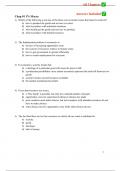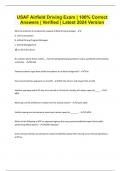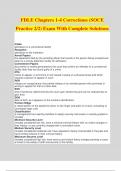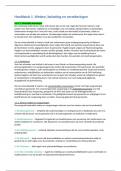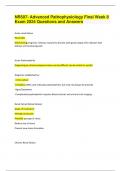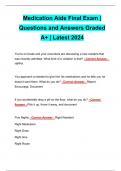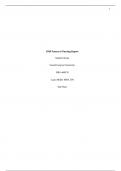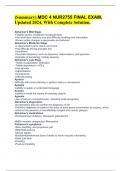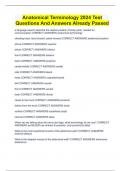Exam (elaborations)
Test Bank for The Macroeconomy Today, 17th Edition by Bradley Schiller
- Course
- Institution
Test Bank for The Macroeconomy Today 17e 17th Edition by Bradley Schiller, Karen Gebhardt. Full Chapters test bank are included with answers (Chapter 1 to 21) PART 1: THE ECONOMIC CHALLENGE Chapter 1: Economics: The Core Issues Appendix: Using Graphs Chapter 2: The U.S. Economy: A Global V...
[Show more]
